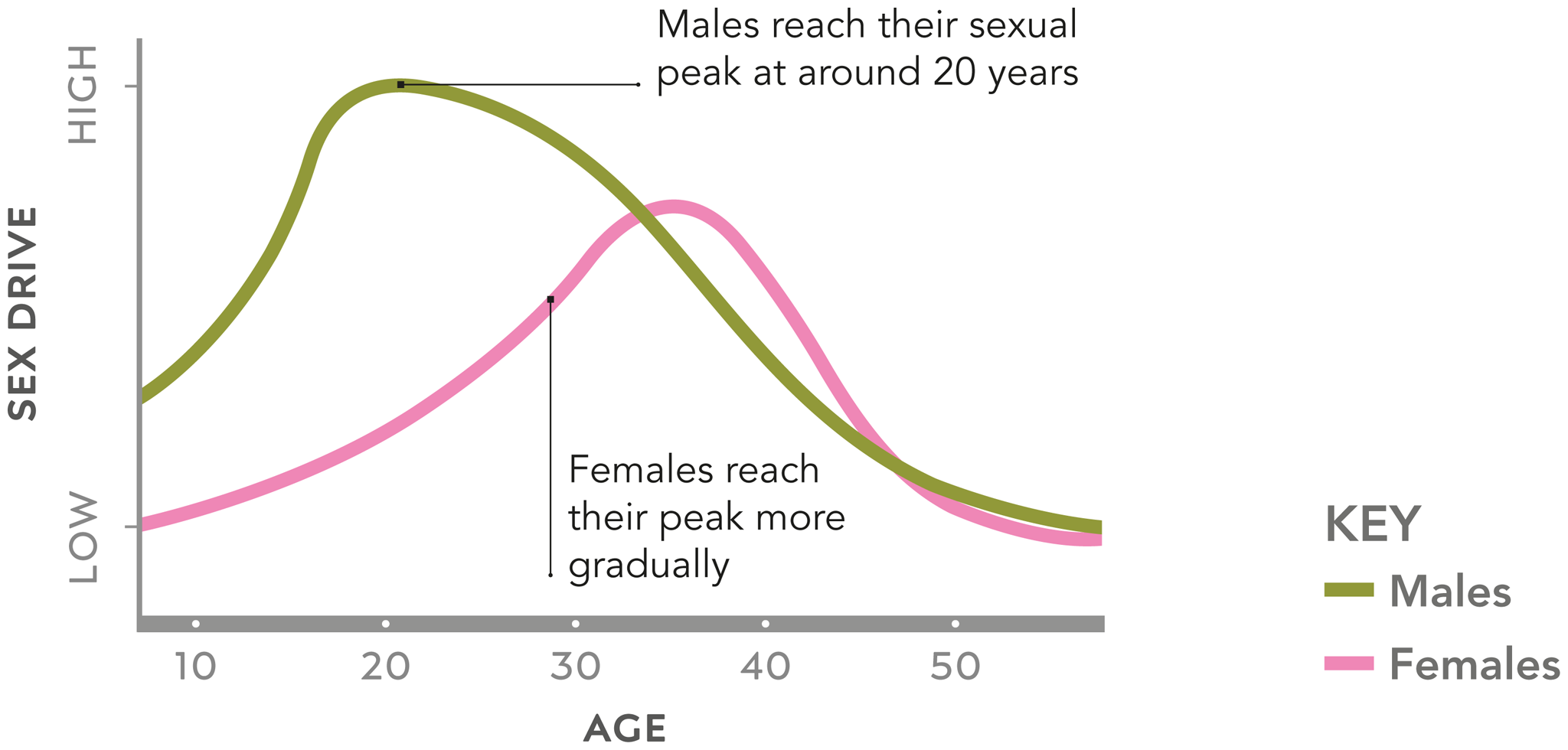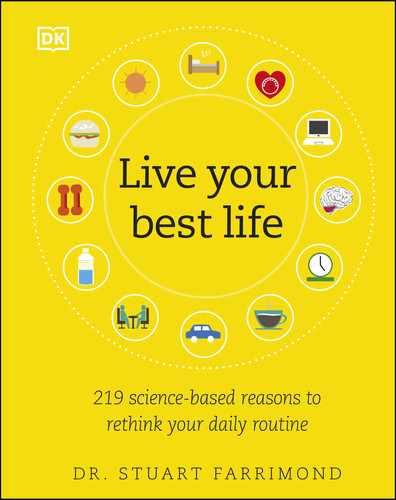Is There a Best Time to Have Sex?
Hormones take the reins of our sex drive, but culture, habits, and the routines of life mean that we can’t always heed their clarion call—we have sex when we can.
In the natural world, few species appear to have sex for pleasure—we are in an exclusive club that includes dolphins and other primates.
Testosterone is a chemical cattle prod for sexual desire in both sexes, although it’s significantly lower in women; for them, estrogen plays a bigger role in sexual desire.
Testosterone surges for everyone in the mornings, priming the body for sex. After orgasm, a cocktail of hormones imbue a relaxed, loved-up state, so sex in the morning could be a stress-busting, blood pressure–lowering start to the day. Also, the chances of conception are highest before 7:30 a.m., when sperm numbers and their swimming abilities are at their daily peak. If you need to be lively first thing, then beware: an almighty surge of the sleep-inducing prolactin after sex—particularly in men—means the urge to roll over and start snoring can be irresistible.
Your personal biological clock also has a say. Night owls are better primed for late-night loving, while morning types favor morning amour. Research shows that the couples who are happiest with their relationship often have body clocks that are synchronized to each other’s sexual urges. Hormones are, of course, only one facet of sex drive—real life superimposes itself on this chemical impulse. Couples tend to have sex when opportunity strikes—intercourse rates are highest at night, when both parties are conveniently lying in bed together.
As well as the daily hormones, the roller coaster of sex hormones over months and years holds huge sway over your libido. For women, sexual desire rises and falls broadly in line with fertility. It rises in the first half of the monthly cycle, which is the prime time for baby-making—even if sperm arrive before an egg is launched, they can happily tread water for five or so days. After egg release, the passion-killer hormone progesterone dampens lust in the second half of the cycle.
Men also have their own, simpler rhythm of sexual desire. For example, after seven days of abstinence, sex-seeking testosterone surges, before returning to a steady level.
Science shows that even seasons affect procreative sex; sperm are healthiest and fittest in the springtime and most feeble in summer.
New parents often find they’re at the mercy of libido-blunting chemical changes. Sex hormones dip in new mothers, and testosterone similarly slumps by 26 to 34 percent for new fathers—even their testicles shrink! Research shows that this temporary halt on testosterone helps men be better, more attentive fathers. Remarkably, the brains of new parents rewire, retuning the dopamine-driven reward system to be more motivated toward childcare rather than sex.
There’s no “best time” to have sex—but for a male/female couple in their 20–30s, on a spring morning in the first half of her cycle, a week after they last had sex, the odds are that having sex will be at the top of their “to-do” list.


n Double-tap image to read the labels
daily hormones
The lusty hormone testosterone peaks in the early morning for both males and females; the peak is much higher for men than women.

n Double-tap image to read the labels
lifetime libido
On average, the male libido peaks at an earlier age than the female libido and reaches a higher level. Male and female desire is roughly equal in their 30s and again in their mid- to late 40s.
